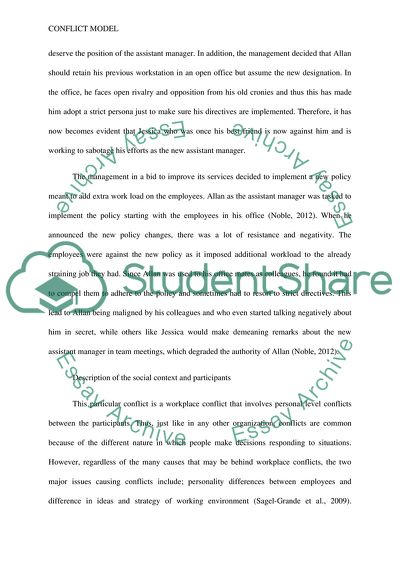Cite this document
(Conflict Management Model and Solutions Case Study Example | Topics and Well Written Essays - 2250 words, n.d.)
Conflict Management Model and Solutions Case Study Example | Topics and Well Written Essays - 2250 words. https://studentshare.org/psychology/1840853-conflict-model
Conflict Management Model and Solutions Case Study Example | Topics and Well Written Essays - 2250 words. https://studentshare.org/psychology/1840853-conflict-model
(Conflict Management Model and Solutions Case Study Example | Topics and Well Written Essays - 2250 Words)
Conflict Management Model and Solutions Case Study Example | Topics and Well Written Essays - 2250 Words. https://studentshare.org/psychology/1840853-conflict-model.
Conflict Management Model and Solutions Case Study Example | Topics and Well Written Essays - 2250 Words. https://studentshare.org/psychology/1840853-conflict-model.
“Conflict Management Model and Solutions Case Study Example | Topics and Well Written Essays - 2250 Words”. https://studentshare.org/psychology/1840853-conflict-model.


